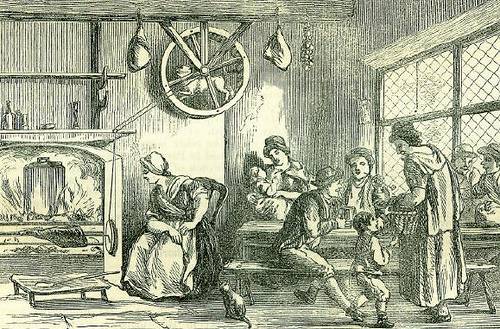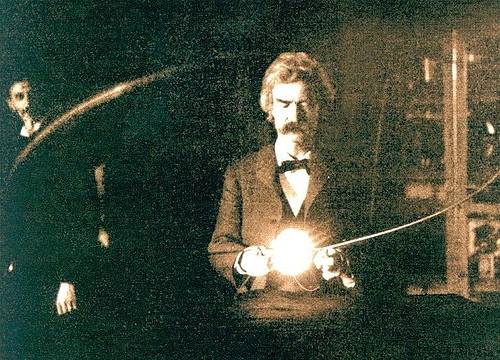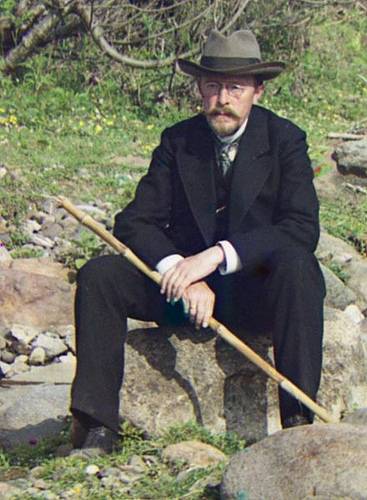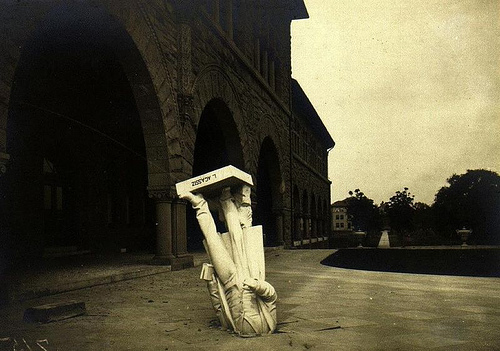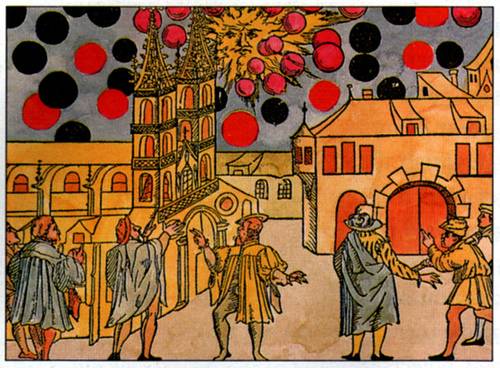
At sunrise on April 14, 1561, the citizens of Nuremberg, Germany, witnessed a strange aerial spectacle. According to a contemporary broadsheet, large numbers of red, blue and black “globes” or “plates” appeared near the sun, “some three in a row, now and then four in a square, also some standing alone. And amongst these globes some blood-colored crosses were seen.” Two great tubes also appeared, “in which three, four and more globes were to be seen. They then all began to fight one another.”
After an hour, “they all fell … from the sun and sky down to the earth, as if everything were on fire, then it slowly faded away on the earth, producing a lot of steam.”
Strangely, the same thing happened five years later in Basel, Switzerland. On Aug. 7, 1566, also at sunrise, “many large black globes were seen in the air, moving before the sun with great speed, and turning against each other as if fighting. Some of them became red and fiery and afterwards faded and went out.”

